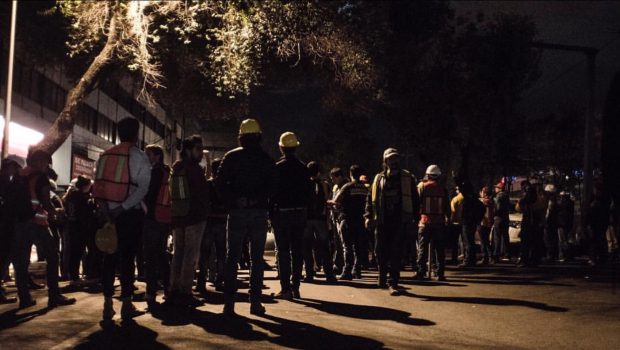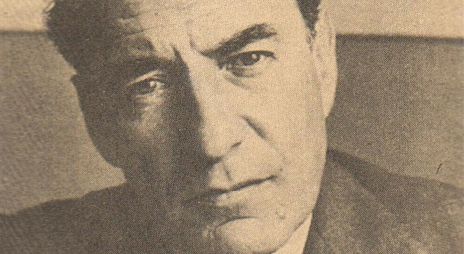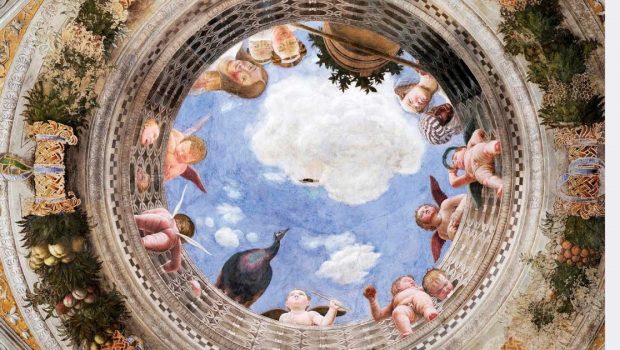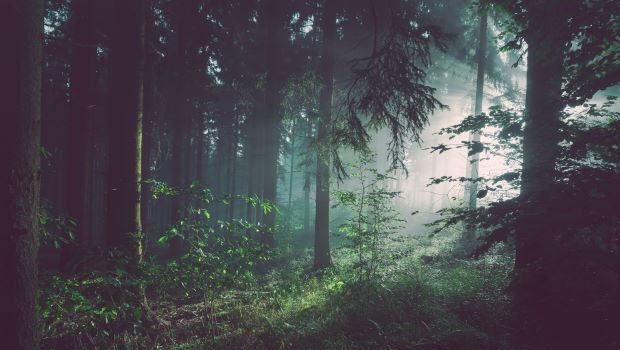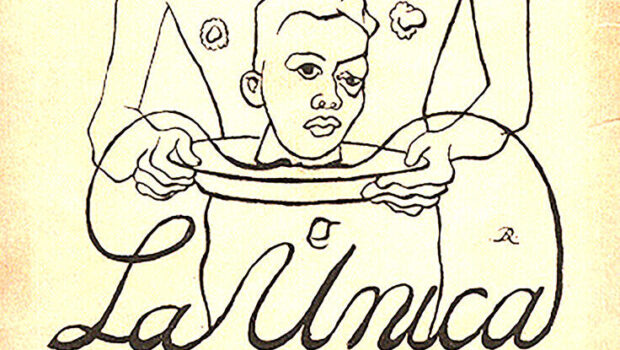No Sister Flower
So Mayer
Twenty-five years ago, my school friends and I became obsessed with a poem: “Love’s Philosophy,” by Percy Bysshe Shelley. Or rather with its second stanza, as sent to the young women appearing in the Miss Twin Peaks pageant in the final arc of Twin Peaks’ second series. Annie, Shelley, Audrey and Donna gather at Norma’s diner to discuss these verses:
See the mountains kiss high heaven
And the waves clasp one another;
No sister-flower would be forgiven
If it disdained its brother;
What’s not to be wooed by? Except, of course, the poem has been sent to them by an evil, femicidal psychopath.
I thought about Shelley’s poem this summer while on vacation in the Pacific Northwest. The mountains do kiss high heaven and the waves do clasp one another, a living 3D Sensurround cinema experience that perhaps we can forget watching films on a screen in the dark. Does it follow that sister-flowers must embrace their brothers?
It wasn’t just the landscape that reminded me of the poem, or of the forests and waterfalls that so memorably surround the town of Twin Peaks. It was a film I watched on the flight from London: thanks to Air Canada’s policy of supporting Canadian filmmakers, I was able to catch a festival hit from last year that never obtained UK distribution, despite astounding central performances by Ellen Page and Evan Rachel Wood as sisters Nell and Eva. A story of slow apocalypse, Into the Forest was shot in British Columbia, moved north from the source novel’s setting in Northern California by writer-director Patricia Rozema.
As it plays out amid cedars, Douglas firs, pines, and ferns, Into the Forest not only makes nods to David Lynch and Mark Frost’s eerie tale of murderous white male misogyny in the PNW, it also offers a northern boreal take on one of the other (less critically-acclaimed) obsessions of my schooldays: The Blue Lagoon (Randal Kleiser, 1980), starring a fifteen-year old Brooke Shields in a role that featured nudity, barely-consensual incestuous sex, pregnancy, and giving birth to a child conceived with her brother. No sister-flower, indeed.
Like Emmeline and Richard, the siblings in The Blue Lagoon, Nell and Eva are isolated from human society by the failure of the national (or possibly global) electrical grid. In the early days of the power outage, they and their father Robert (Callum Keith Rennie) manage to start up the truck and drive into town, but after Robert’s death early on–felled by the same chainsaw he used to start the burnt-out motor – the sisters are all alone in the cedar-shingled Modernist glass box of a house where they grew up. Yet by the end of the film, they are not: Eva (as her name implies) has a child.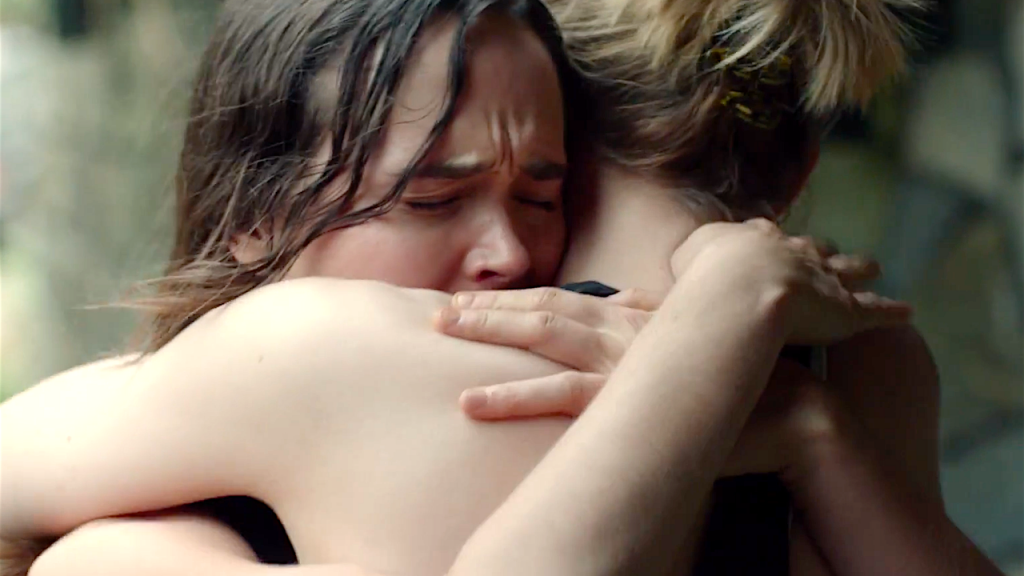
Rozema made a name for herself with two of the most beloved films of the New Queer Cinema: When Night is Falling (1995) and I’ve Heard the Mermaids Singing (1987). Magic realist love stories, full of baroque flourishes and circus tricks, they were fleshed-out Angela Carter or Isabel Allende novels. So it’s not beyond the bounds of possibility that Eva’s child might have been borne of parthenogenesis, or sisterly cloning, or through communion with a fern, a species whose reproductive strategies Donna Haraway calls a “lovely replicative baroque… (such nice organic prophylactics against heterosexism).” Into the Forest is realist, however, about the spectacle of male violence that is licensed by the social and cultural hiatus of the collapse of the electrical grid; it’s like watching Mad Max: Fury Road from inside the wives’ compound.
Nell’s boyfriend Eli (Max Minghella) is a deluded manarchist, convinced he can walk across the continent toward some rumour of surviving ‘civilization’ and not caring whether he splits up the sisterhood in the process. Eva conceives non-consensually, but from the moment the assault begins, the rapist is literally cut out of the picture, as the camera focuses on Eva’s face and the sound centers on her breathing. Once she realizes that she is pregnant, Eva tells Nell that the foetus is hers, and no-one else’s – but as Nell takes on the role of hunter and protector, as well as midwife, it becomes theirs. Nell’s losing bet about the child’s gender leads to a final, dramatic consequence: even as this new, alternative family is formed, they decide to burn down their home.
So Eva’s son may not be literally conceived by earth magic, but figuratively he is a child of the sisters, of the forest, and of this strange time of crisis. Speaking about her debut feature The Levelling, like Rozema’s film, an oblique response to climate change and the ways in which women are being asked to clean up after environmental destruction, Hope Dickson Leach noted that there is a “short period of time after something awful happens when everyone is laid bare and there is an opportunity to rewrite rules and redefine relationships, but the opportunity is so rarely taken.”
Once Eva decides, after giving birth in a storm out in the forest, that it’s time to escape from the family home that they thought could (but didn’t) protect them, the opportunity to rewrite the rules is taken. The roof is already falling in, black mould is taking over the walls: the inside is becoming outside, anyway. There’s no going back, even though the flickering light of the flames in the long windows make it look as if as if Nell’s oft-repeated tic of instructing the house computer system, “Lights on!” has finally started to work again.
But the lights are off, possibly for good. “It’s like a fugue state,” says Nell of people’s behavior after the loss of electricity, as if that were a geographical or political descriptor, like “failed state”–a warning to all of us, as viewers, who are burning towards peak oil in the same fugue, entering an era Haraway has named the “Chthulucene” for its potential for a transformative de-centering of the human.
If there’s anywhere further that Rozema’s film could go, it’s by taking down that Romantic position of White Man contemplating Sublime Nature whirling around him. Into the Forest may be a feminist fairy-tale, but it still sets up two white women as the new natives of the Northwest – not unlike the Robinson Crusoe-esque fantasy of The Blue Lagoon, not to mention the use of indigenous symbolism and performers in Twin Peaks, as Geoff Bil has analyzed . Blink during the first half of Rozema’s film and you will miss the two-line role taken by celebrated Canadian actor Lorne Cardinal (Cree) as Jerry, Robert’s drinking buddy.
As the Dakota Pipeline protest shows, indigenous people have been at the forefront of environmental stewardship–and at the sharp end of environmental degradation–and know something Euro-Westerners have to be reminded of: that the forest is bigger and more powerful than we are. It will survive the demise of electricity, capitalism, and even humanity. Into the Forest brings us to the brink of our culture’s myth of entitlement through its fable of sisters doing it for themselves: I can’t wait to see the film that takes the next step away.
![]() Sophie Mayer is a regular contributor to Sight & Sound and The F-Word.She’s the author of Political Animals: The New Feminist Cinema and The Cinema of Sally Potter: A Politics of Love, and the co-editor of Catechism: Poems For Pussy Riot, The Personal Is Political: Feminism andDocumentary and There She Goes: Feminist Filmmaking and Beyond. Her Twitter is @tr0ublemayer
Sophie Mayer is a regular contributor to Sight & Sound and The F-Word.She’s the author of Political Animals: The New Feminist Cinema and The Cinema of Sally Potter: A Politics of Love, and the co-editor of Catechism: Poems For Pussy Riot, The Personal Is Political: Feminism andDocumentary and There She Goes: Feminist Filmmaking and Beyond. Her Twitter is @tr0ublemayer
©2016, Literal Publishing
Posted: September 19, 2016 at 10:51 pm




